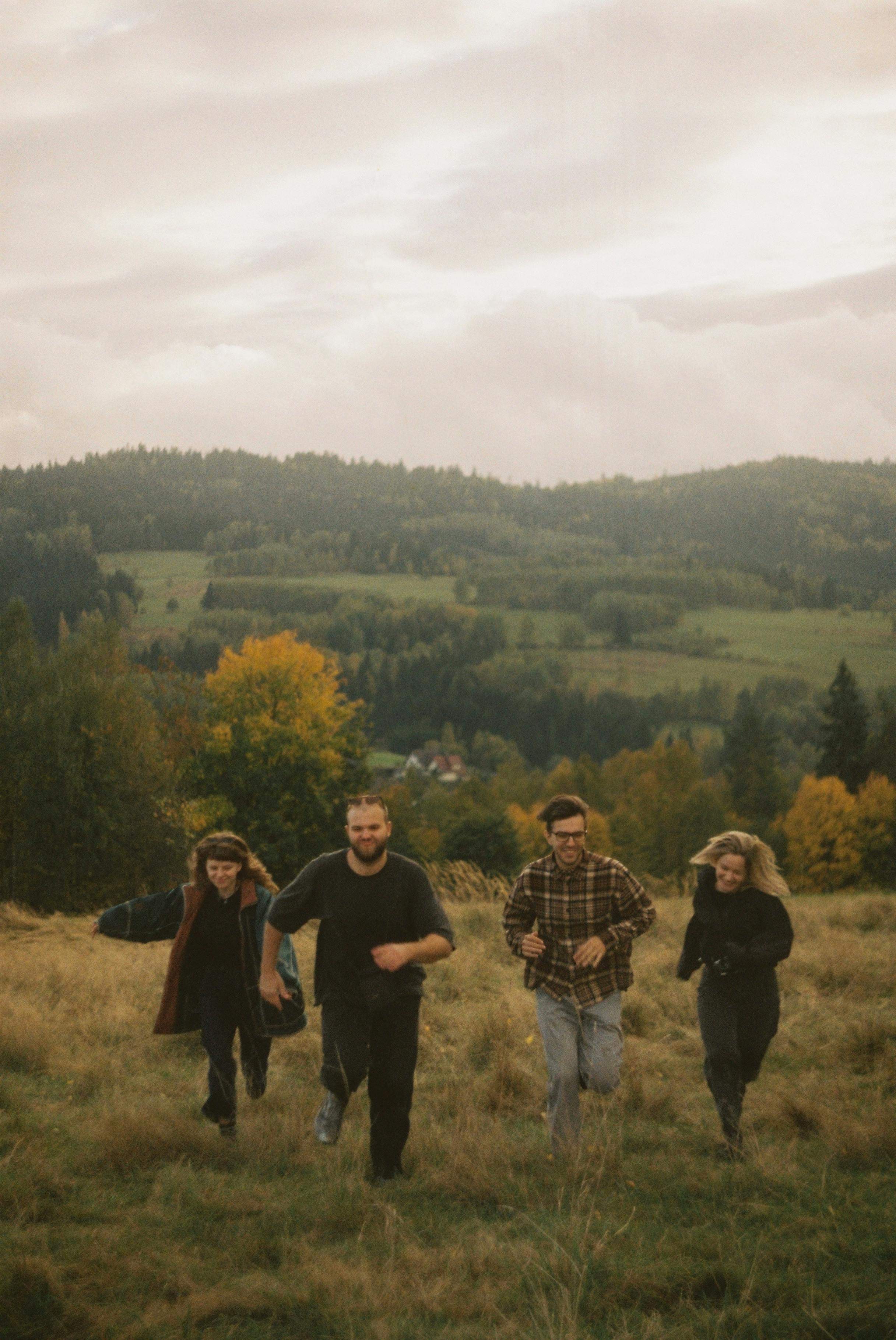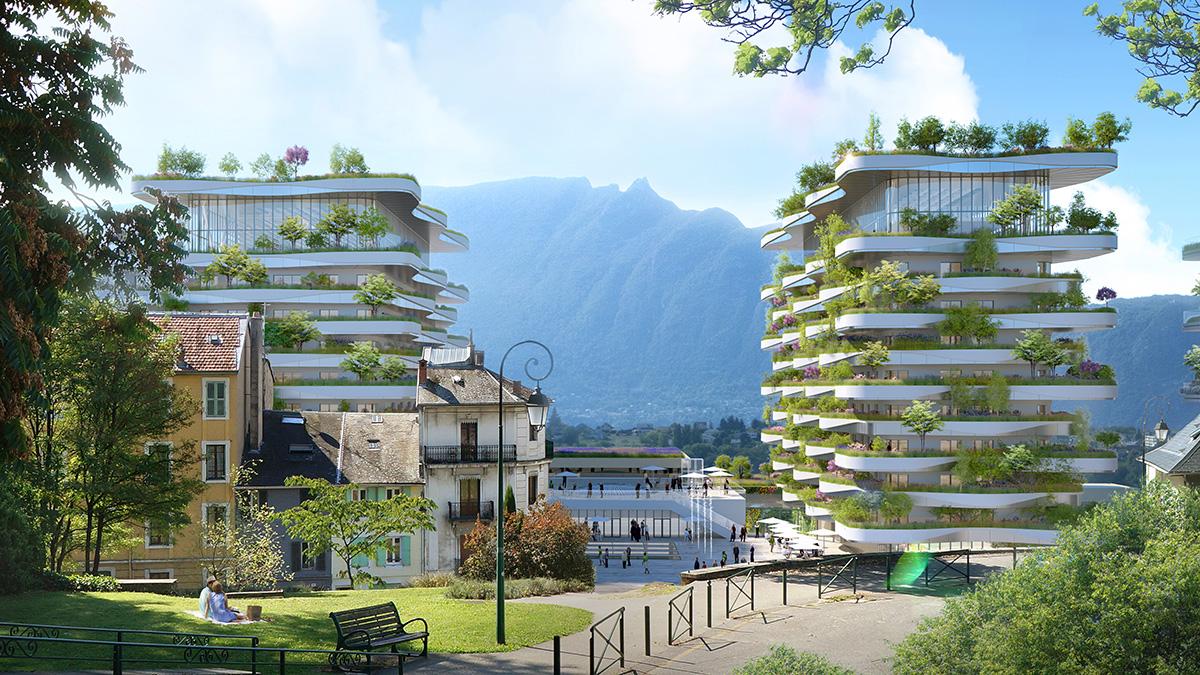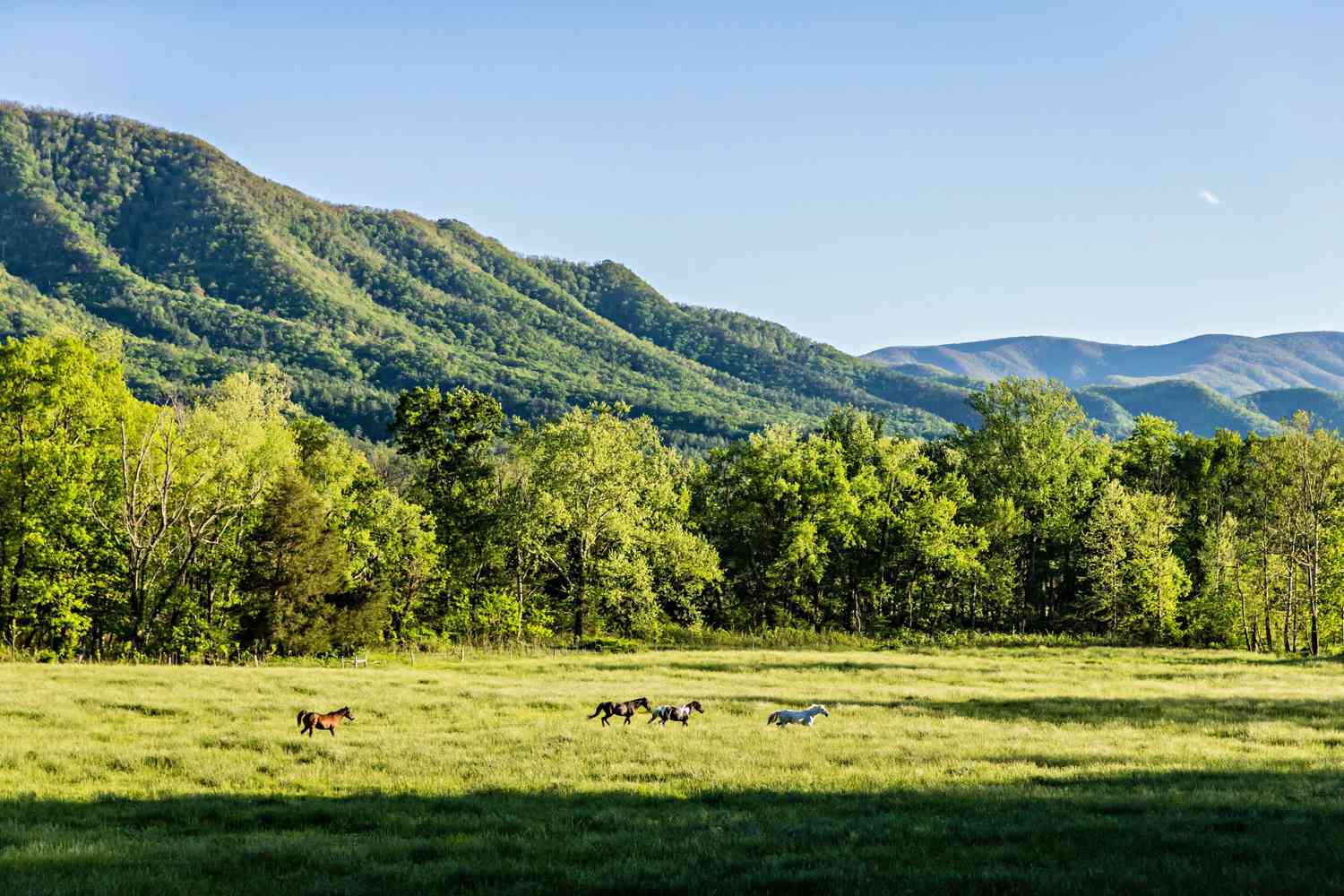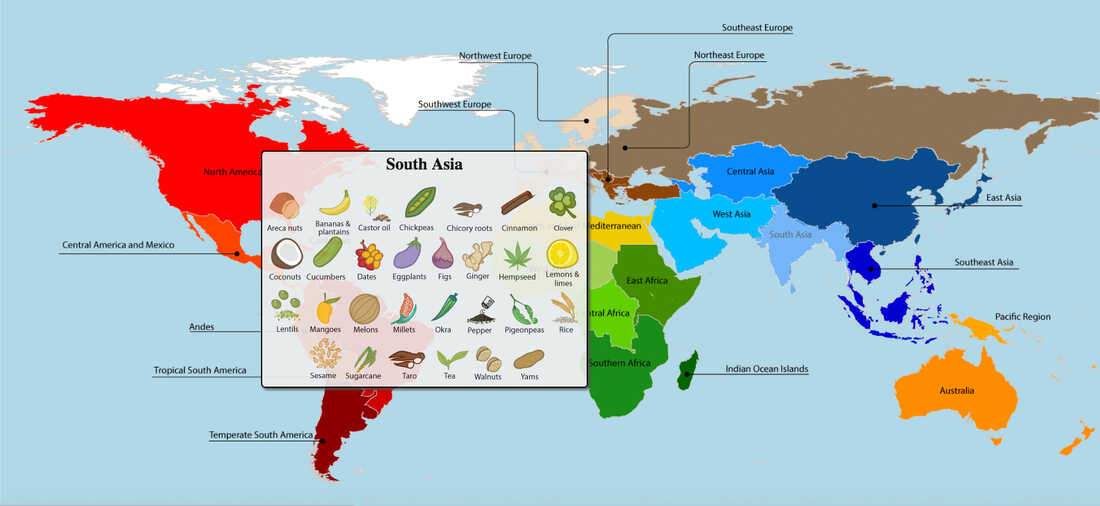What is Slow Travel?
Slow travel is more than just a leisurely vacation; it's a philosophy that prioritizes connection, cultural immersion, and environmental responsibility. Instead of flying between major cities, slow travelers might opt for train journeys, cycling tours, or even sailing adventures. The emphasis is on the process of traveling, rather than just reaching the destination.
Why Choose Slow Travel in 2025?
Several factors make slow travel particularly relevant in 2025:
- Sustainability: Concerns about climate change are driving travelers to seek more eco-friendly alternatives. Slow travel often involves lower carbon footprints compared to traditional air travel.
- Authenticity: In an age of mass tourism, slow travel offers a chance to experience destinations in a more authentic and meaningful way, connecting with local communities and cultures.
- Well-being: The slower pace allows for relaxation, reflection, and a deeper appreciation of the present moment, contributing to overall well-being.
- Cost Savings: While not always the case, slow travel can sometimes be more budget-friendly, especially when utilizing local transportation, accommodations, and food options.
Practical Guidance: Planning Your Slow Travel Adventure
Planning a slow travel trip requires a different approach than a typical vacation. Here's a step-by-step guide:
1. Choosing Your Destination
Instead of focusing on popular tourist hotspots, consider destinations that are easily accessible by train, bus, or other forms of ground transportation. Regions with rich cultural heritage, diverse landscapes, and strong local communities are ideal.
Example: Instead of flying directly to Rome, consider taking a train from Paris, stopping at smaller towns and cities along the way to experience the French and Italian countryside. Explore regional variations in food and culture.
2. Selecting Your Mode of Transportation
The mode of transportation is central to the slow travel experience. Consider these options:
- Train Travel: Offers scenic routes, comfortable seating, and the opportunity to interact with locals. Rail passes can be a cost-effective option for extended travel.
- Cycling: Ideal for exploring smaller regions and enjoying the outdoors. Consider organized cycling tours or plan your own route using online resources.
- Bus Travel: A budget-friendly option for long-distance travel. Offers a chance to see the landscape and connect with local communities.
- Sailing/Boating: A unique and adventurous way to explore coastal regions and islands. Consider chartering a sailboat or joining a sailing tour.
- Hiking/Walking: Perfect for exploring mountainous regions or national parks. Plan your route carefully and ensure you have appropriate gear and experience.
3. Accommodation Choices
Opt for accommodations that support local communities and minimize environmental impact. Consider these options:
- Guesthouses and Bed & Breakfasts: Offer a more personal and authentic experience compared to large hotels.
- Homestays: Provide an opportunity to live with a local family and learn about their culture firsthand.
- Eco-lodges: Designed to minimize environmental impact and promote sustainable tourism.
- Farm Stays: Offer a chance to connect with nature and experience rural life.
4. Immersing Yourself in Local Culture
Engage with the local community by:
- Learning a few basic phrases in the local language.
- Visiting local markets and shops.
- Participating in local festivals and events.
- Taking cooking classes or workshops.
- Volunteering with local organizations.
Example: In Japan, instead of staying only in hotels, consider a stay in a traditional Ryokan and participate in a tea ceremony.
5. Planning Activities
Focus on activities that allow you to connect with the local environment and culture:
- Hiking or biking in national parks.
- Visiting historical sites and museums.
- Attending local concerts or performances.
- Taking guided tours led by local experts.
- Simply spending time observing daily life in a local village.
Long-Term Considerations for Slow Travel
Slow travel isn't just about the trip itself; it's about adopting a more mindful and sustainable approach to travel in general. Here are some long-term considerations:
1. Budgeting
While slow travel can sometimes be cheaper than traditional travel, it's important to budget carefully. Consider the cost of transportation, accommodation, food, and activities. Research local prices and look for opportunities to save money, such as cooking your own meals or taking advantage of free activities. Travel during the off-season is often cheaper as well.
Example: Instead of eating at tourist restaurants, try eating at local markets or street food stalls. Also, consider purchasing groceries to make your own lunches.
2. Environmental Impact
Minimize your environmental impact by:
- Choosing low-carbon transportation options.
- Conserving water and energy.
- Avoiding single-use plastics.
- Supporting local businesses that prioritize sustainability.
- Respecting local ecosystems and wildlife.
Consider purchasing carbon offsets to compensate for any air travel.
3. Cultural Sensitivity
Respect local customs and traditions by:
- Dressing appropriately.
- Learning about local etiquette.
- Asking permission before taking photos.
- Avoiding disrespectful behavior.
- Being mindful of your impact on local communities.
4. Maintaining Connections
Stay connected with the people you meet during your travels by:
- Exchanging contact information.
- Following them on social media.
- Writing them letters or emails.
- Visiting them again in the future.
Building lasting relationships with locals can enrich your travel experiences and provide a deeper understanding of different cultures.
5. Flexibility and Adaptability
Slow travel requires a degree of flexibility and adaptability. Be prepared to change your plans if necessary and embrace unexpected opportunities. Don't be afraid to get lost or try new things. The most memorable travel experiences often happen when you least expect them.
6. Insurance and Safety
Always ensure you have adequate travel insurance that covers medical emergencies, trip cancellations, and loss of belongings. Research the safety situation in your destination and take precautions to protect yourself from crime and illness.
Estimated Time and Costs for Different Slow Travel Modes (2025 Estimates):
| Mode of Travel | Average Speed | Approximate Cost per Day (Accommodation, Food, Local Transport) | Environmental Impact (CO2 Emissions per Passenger Kilometer) | Example Route |
|---|---|---|---|---|
| Train | 50-200 km/h | $75 - $150 | Low (compared to air travel) - 14g CO2/km | Paris to Rome with stops in Lyon and Florence |
| Cycling | 10-20 km/h | $40 - $80 (excluding initial bike cost) | Very Low (negligible) | Loire Valley Cycling Route, France |
| Bus | 50-80 km/h | $30 - $60 | Medium - 68g CO2/km | Overland bus travel through Southeast Asia |
| Sailing | Varies (depending on wind and vessel) | $100 - $300+ (depending on charter and provisions) | Low (depending on fuel usage) | Island hopping in the Greek Islands |
FAQ (Frequently Asked Questions)
-
Q: Is slow travel more expensive than regular travel?
A: Not necessarily. While certain aspects like extended stays might increase costs, you can often save money by using local transportation, eating local food, and staying in budget-friendly accommodations. -
Q: What if I only have a limited amount of vacation time?
A: Even with limited time, you can incorporate elements of slow travel. Focus on a smaller geographical area, choose one mode of slow transportation (like a train journey), and prioritize immersive experiences over rushing through a checklist of attractions. -
Q: What are the best destinations for slow travel?
A: The best destinations depend on your interests. Consider regions with good train networks (like Europe), cycling routes (like the Netherlands), or hiking trails (like the Himalayas). Anywhere with a strong local culture and beautiful scenery can be a great option. -
Q: How do I plan a Slow Travel trip if I don't speak the local language?
A: Learning basic phrases is helpful, but not always essential. Use translation apps, focus on visual communication, and be patient. Many locals appreciate the effort, and you'll likely find people willing to help you along the way. Consider carrying a phrasebook or a translation device. -
Q: Is Slow Travel suitable for families with young children?
A: Absolutely! Slow Travel can be a fantastic way for families to connect and explore together. Plan activities that are age-appropriate, allow for plenty of downtime, and involve the children in the planning process. Consider shorter journeys and destinations that offer family-friendly activities.
Disclaimer: This information is for informational purposes only. Travel costs and environmental impact are estimates and can vary depending on specific circumstances. Always consult with travel professionals for personalized advice.





